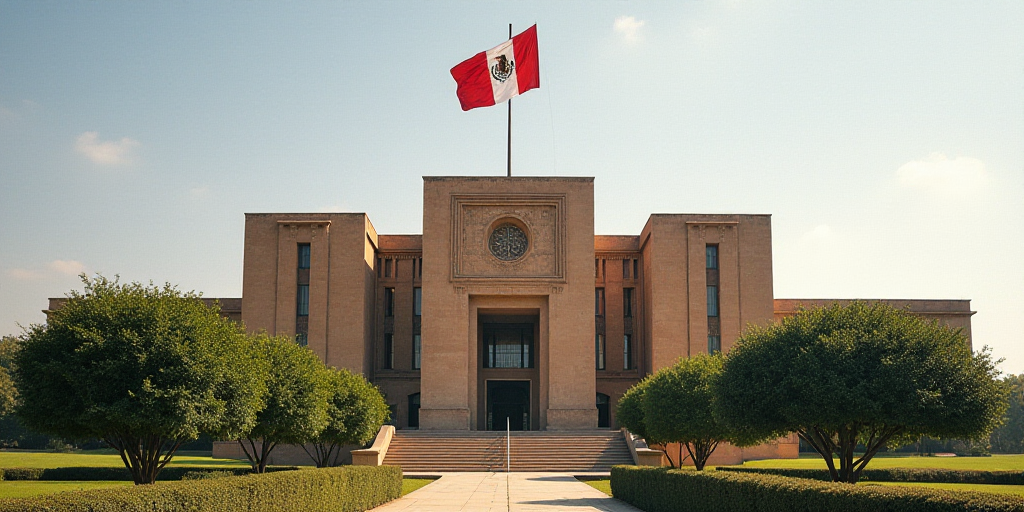Background on the Supreme Court of Justice of the Nation (SCJN) and Comisión Nacional de Derechos Humanos (CNDH)
The Supreme Court of Justice of the Nation (SCJN) is Mexico’s highest court responsible for interpreting the Constitution and ensuring that laws comply with it. The Comisión Nacional de Derechos Humanos (CNDH) is an independent autonomous body that promotes and protects human rights in Mexico.
The Controversy
In this case, the CNDH has challenged the constitutionality of certain articles from the General Law on Access for Women to a Life Free of Violence, the Federal Civil Code, and the Federal Penal Code. These articles were promulgated on January 17, 2024. The CNDH argues that these legal portions violate the principle of the supreme interest of children and adolescents, as they claim it fails to protect them from all forms of violence.
Key Articles Under Scrutiny
- Article 6, fraction VI of the General Law on Access for Women to a Life Free of Violence
- Articles 444 bis and 494 of the Federal Civil Code, specifically addressing “vicarious violence” (violence committed through an intermediary)
CNDH’s Arguments
The CNDH contends that the impugned legal sections breach the supreme interest of children and adolescents by not offering comprehensive protection against violence. They argue that the reforms passed by the Congress of the Union only recognize children, adolescents as mere means for perpetrating violence without granting them broad protection or acknowledging them as victims of such violence, exercised by those with parental authority or guardianship.
SCJN’s Perspective
The SCJN, through the proposed judgment authored by Lenia Batres, maintains that the defined vicarious violence does not leave children, adolescents, or related individuals unprotected. The State of Mexico’s obligatory special protection against direct violence towards them is ensured by various legal regulations governing family violence crimes.
Key Questions and Answers
- What is the main issue being discussed by the SCJN? The SCJN will decide whether certain articles in the General Law on Access for Women to a Life Free of Violence, Federal Civil Code, and Federal Penal Code are constitutional.
- Which articles are under scrutiny? Article 6, fraction VI, of the General Law on Access for Women to a Life Free of Violence, and Articles 444 bis and 494 of the Federal Civil Code addressing vicarious violence.
- Why is the CNDH challenging these articles? The CNDH argues that these legal portions violate the supreme interest of children and adolescents by failing to protect them from all forms of violence.
- What is the SCJN’s stance? The SCJN asserts that defining vicarious violence does not leave children, adolescents, or related individuals unprotected, as they are already covered by various legal regulations governing family violence crimes.






